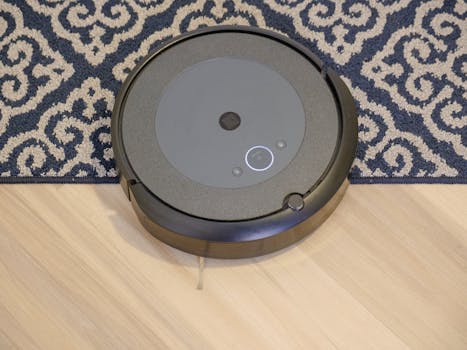
Smart Homes and Smart Living: The Technological Transformation of European Homes by 2025
Smart Homes and Smart Living are revolutionizing the way we live, work, and interact with our surroundings. The concept of smart homes and smart living refers to the integration of technology and automation in residential buildings to create a more comfortable, convenient, and sustainable living environment.
Introduction to Smart Homes and Smart Living
Smart homes and smart living are not just about installing smart devices and gadgets; it’s about creating a holistic ecosystem that integrates various aspects of our lives, including energy management, security, entertainment, and healthcare. The European home is undergoing a significant transformation, driven by advances in technology and changing lifestyles.
Key Features of Smart Homes and Smart Living
Some of the key features of smart homes and smart living include:
- Energy management systems that optimize energy consumption and reduce waste
- Home automation systems that control lighting, temperature, and security
- Smart appliances and devices that can be controlled remotely
- Advanced security systems that include biometric authentication and motion detection
- Integrated entertainment systems that include streaming services and voice control
- Health and wellness features that include air quality monitoring and fitness tracking
Benefits of Smart Homes and Smart Living
The benefits of smart homes and smart living are numerous and include:
- Increased convenience and comfort
- Improved energy efficiency and reduced energy consumption
- Enhanced security and safety
- Improved health and wellness
- Increased property value
Challenges and Limitations of Smart Homes and Smart Living
While smart homes and smart living offer many benefits, there are also challenges and limitations to consider, including:
- High upfront costs
- Complexity and difficulty of use
- Concerns about data privacy and security
- Dependence on technology and potential for technological failures
Future of Smart Homes and Smart Living in Europe
By 2025, smart homes and smart living will be the norm in Europe, with an estimated 50% of households adopting smart home technology. The future of smart homes and smart living will be shaped by advances in artificial intelligence, the Internet of Things (IoT), and 5G networks.
Conclusion
In conclusion, smart homes and smart living are transforming the way we live, work, and interact with our surroundings. While there are challenges and limitations to consider, the benefits of smart homes and smart living are numerous and significant. As technology continues to evolve and improve, we can expect to see even more innovative and exciting developments in the world of smart homes and smart living.


